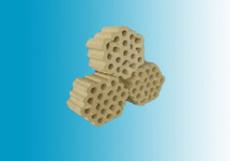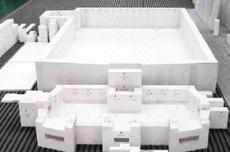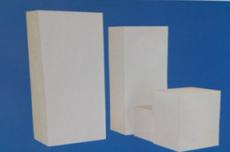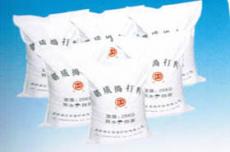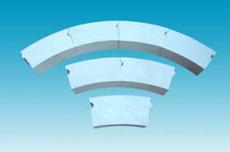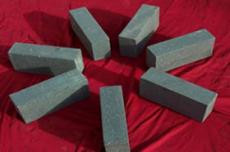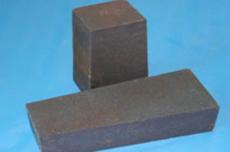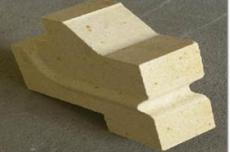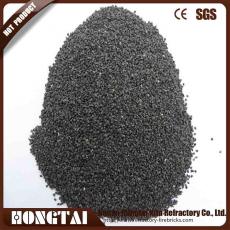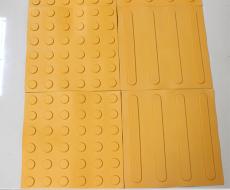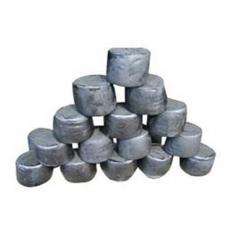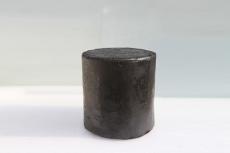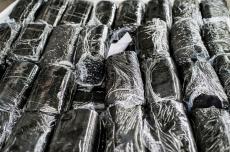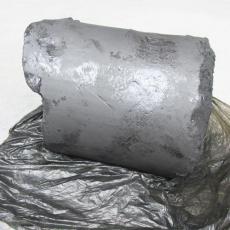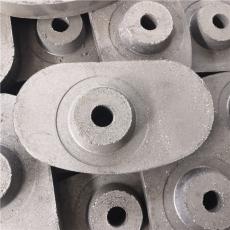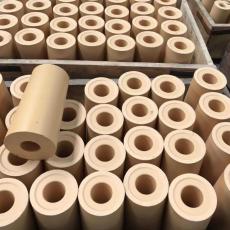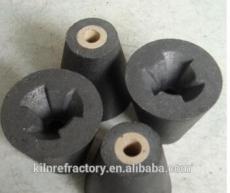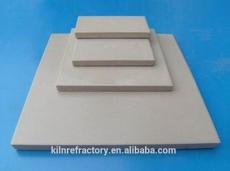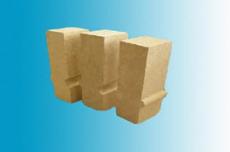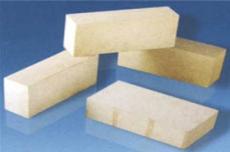
Refractory materials for converters
Top-blown and double-blown oxygen converter steelmaking is the most important steelmaking method in the world. It successfully applies alkaline carbon-containing refractory materials. The converter lining materials are subjected to high temperature and thermal shock. The lining is also chemically eroded by slag and flux. The stirring of molten steel causes the lining to be worn and eroded, causing damage to the lining. According to the working conditions of various parts of the converter and the damage characteristics of refractory materials in the steelmaking process, the refractory materials selected for various parts of the converter are as follows.
01 Furnace mouth
Generally, fired bricks with slag resistance, thermal shock resistance and wear and impact resistance are used, mainly fired dolomite bricks, and magnesia carbon bricks that are not easy to hang steel and slag are also used. In order to improve the erosion resistance, high-purity magnesia bricks fired at high temperature and fused-cast refractory products are used on the slag discharge side.
02 Furnace cap
It is one of the most severely eroded parts of the converter by slag. Generally, dolomite bricks and magnesia bricks combined with tar pitch are often used. In order to avoid the oxidation of carbon in tar pitch and reduce wear resistance, fired bricks are also used.
03 Bosh
The charging side of the bosh is the weakest link of the converter lining and the most severely damaged part. Generally, high-temperature fired synthetic dolomite oil-impregnated bricks with low impurity content and high-temperature fired high-purity direct oil-impregnated magnesia bricks or magnesia carbon bricks and magnesia dolomite bricks with a CaO/SiO2 ratio of more than 2 are selected. Tar-asphalt-combined dolomite bricks and magnesia bricks and light-burned oil-impregnated bricks are also used.
Tar-asphalt-combined dolomite bricks or magnesia bricks are used on the steel-out side, and fired oil-impregnated bricks or magnesia carbon bricks are also used.
The refractory materials used in the slag line area attach importance to slag resistance. Generally, high-temperature fired oil-impregnated dense synthetic dolomite bricks or high-purity magnesia bricks with high MgO content, as well as magnesia carbon bricks and magnesia dolomite carbon bricks are selected.
Both sides of the ear shaft are vulnerable parts. Tar dolomite bricks and light-burned dolomite bricks are used. High-purity dolomite oil-impregnated bricks or high-purity oil-impregnated magnesia bricks fired at high temperature are also used, or magnesia carbon bricks, magnesia dolomite carbon bricks, and fused magnesia bricks are also used.
04 Molten pool and furnace bottom
The damage is relatively light. Tar asphalt-bonded dolomite bricks or magnesia bricks are generally used. The same refractory materials as the furnace belly are also used.
05 Steel outlet
The damage is extremely serious. Now, fired magnesia bricks or casing bricks made of fused magnesia sand are mostly used. High-purity magnesia ramming materials or high-temperature fired magnesia casing bricks are also used.
